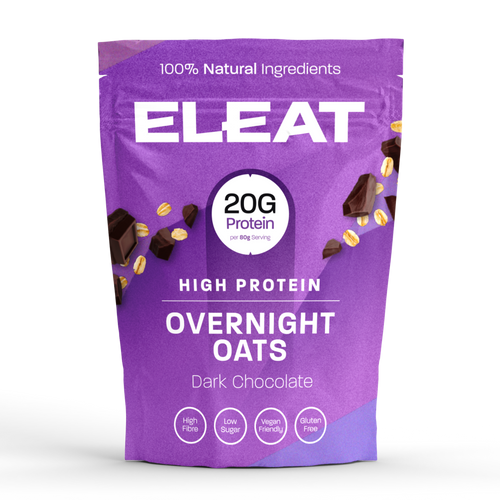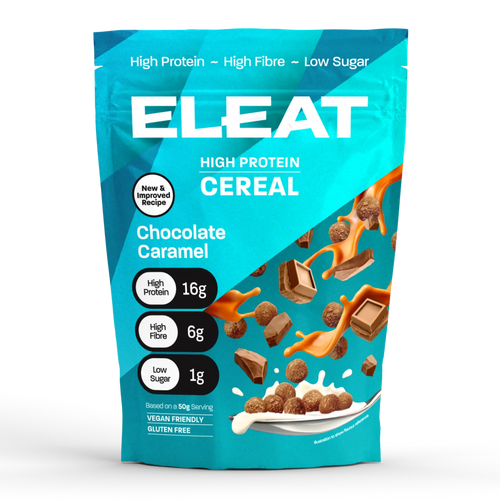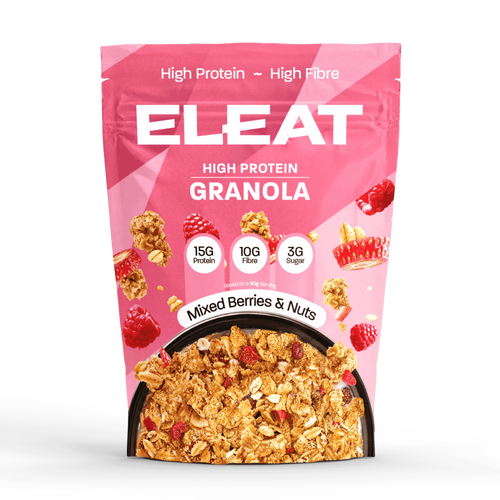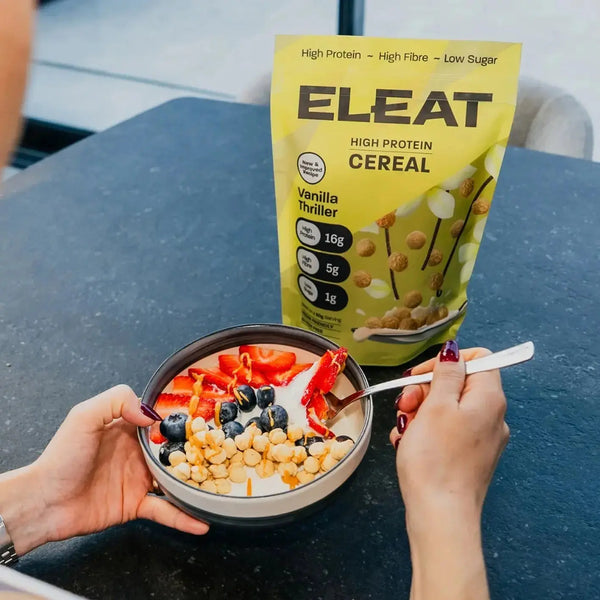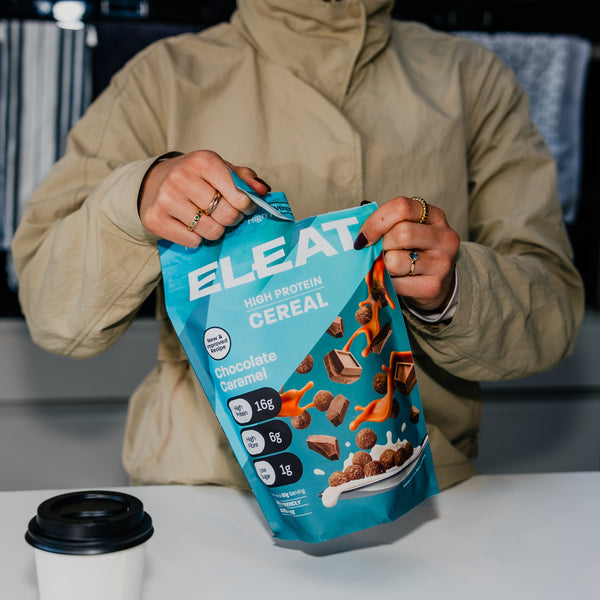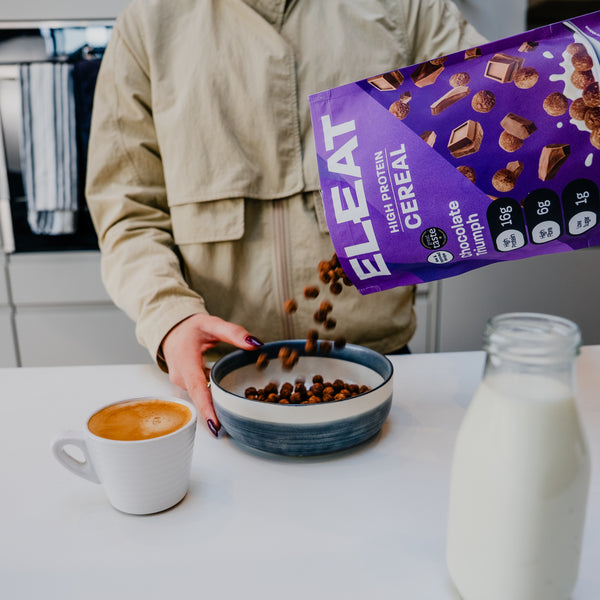In this article:
Did you know that proper nutrition during early childhood can boost cognitive development by up to 20%? The food kids eat not only fuels their bodies but also shapes their futures, influencing everything from physical growth to mental sharpness. As parents, caregivers, and educators, ensuring that children get the nutrients they need is one of the most impactful investments we can make in their health and success.
In this ultimate guide, we’ll dive into the core principles of nutrition for kids, practical tips for tackling common challenges, and easy meal ideas that will keep little ones healthy and happy. Whether you're navigating picky eating habits, busy schedules, or just looking to create balanced, nourishing meals, this guide has you covered. Let’s work together to build strong bodies and bright futures—one bite at a time!
Why Proper Nutrition Matters For Kids
Proper nutrition is the foundation of a child’s health and development, influencing everything from physical growth to long-term habits. Here’s why it matters so much:
Fueling Physical Growth
Children grow at an astounding rate, and nutrition is the engine driving that growth. Calcium and vitamin D are essential for building strong bones, while protein powers muscle development. Iron supports healthy blood flow, ensuring oxygen reaches growing tissues. For instance, a 5-year-old typically grows about 2.5 inches a year—a feat made possible by a steady supply of these key nutrients. Without them, children risk developmental delays and weaker physical foundations.
Boosting Brain Development
The brain undergoes rapid growth during childhood, and proper nutrition plays a vital role in cognitive abilities and learning. Omega-3 fatty acids found in fish and nuts are critical for brain function, while iron ensures that the brain gets enough oxygen. A lack of these nutrients can result in difficulties with focus, memory, and problem-solving skills. Healthy eating isn’t just about the body; it’s about fueling young minds to excel.
Setting the Stage for a Healthy Future
Good nutrition in childhood doesn’t just affect the present; it builds habits that last a lifetime. Children who learn to enjoy balanced meals and a variety of foods are more likely to continue these habits into adulthood. Additionally, starting early can reduce the risk of chronic diseases like obesity, diabetes, and heart conditions later in life.
Investing in a child’s nutrition today ensures they have the strength, energy, and resilience to meet the challenges of tomorrow—both in their bodies and their minds.
Essential Nutrients for Kids
Macronutrients: The Building Blocks
Carbohydrates:
- Fuel for growing energy needs.
- Sources: Whole grains, fruits, vegetables.
Proteins:
- Essential for muscle growth and repair.
- Sources: Lean meats, beans, eggs, tofu.
Fats:
- Critical for brain development and hormone regulation.
- Sources: Avocado, nuts, seeds, olive oil.
Micronutrients: Supporting Development
Calcium and Vitamin D:
- Strengthen bones and teeth.
- Sources: Dairy, fortified plant-based milk, leafy greens.
Iron:
- Supports oxygen transport and energy levels.
- Sources: Red meat, spinach, lentils.
Vitamins A, C, and E:
- Boost immunity and support skin health.
- Sources: Carrots (A), oranges (C), almonds (E).
Hydration: Staying Refreshed
Water is just as vital as food. Proper hydration supports digestion, circulation, and overall energy levels. Encourage kids to drink water throughout the day by:
- Offering reusable bottles with fun designs.
- Adding natural flavor with slices of fruit or a splash of juice.
By ensuring kids get the right mix of macronutrients, micronutrients, and hydration, you’re laying the groundwork for a lifetime of health.
Overcoming Common Nutrition Challenges
Feeding kids can be tricky, but with the right strategies, you can ensure they’re getting the nutrition they need without the stress. Here’s how to tackle some of the most common challenges.
Dealing with Picky Eaters
Getting picky eaters to try new foods can feel like an uphill battle, but a little creativity can go a long way:
Hide the Veggies: Incorporate vegetables into dishes kids already love. For example, blend spinach into pasta sauce or add grated zucchini to muffins.
Make Mealtime Fun: Present food in fun shapes or colorful arrangements. A plate of "rainbow veggies" is far more appealing than a plain bowl of greens.
Involve Kids in Cooking: Letting children help prepare meals gives them a sense of ownership and encourages them to try what they’ve made.
Offer Choices: Provide two healthy options rather than asking an open-ended question like, “What do you want to eat?” For example, “Would you like carrots or cucumber sticks?”
Above all, avoid pressuring kids to eat or making mealtime a battle. Balance and patience are key—exposure to a variety of foods over time often leads to acceptance.
Navigating Food Allergies and Intolerances
For families managing food allergies or intolerances, ensuring balanced nutrition requires some thoughtful substitutions:
Dairy-Free Alternatives: Swap cow’s milk for almond, oat, or soy milk (fortified with calcium and vitamin D). Use coconut yogurt or plant-based cheese.
Gluten-Free Options: Choose rice, quinoa, or gluten-free oats instead of wheat-based products. Look for gluten-free breads and pastas.
Nut-Free Choices: Replace nut butters with sunflower seed butter, and opt for seeds like chia and flax for healthy fats.
Egg-Free Substitutes: Use applesauce, mashed banana, or flaxseed meal as egg substitutes in baking.
Maintaining variety and balance is crucial when accommodating allergies. Always consult with a dietitian to ensure your child’s nutritional needs are being met.
Overcoming Busy Schedules
When time is tight, preparing healthy meals can feel overwhelming. These tips can help you stay on track:
Plan Ahead: Dedicate a day to meal prep. Chop veggies, cook grains, and portion out snacks for the week.
Quick and Nutritious Recipes: Keep simple recipes on hand, like whole-grain wraps with hummus and veggies or scrambled eggs with avocado toast.
Stock Healthy Staples: Keep pantry and freezer essentials like canned beans, frozen fruits, whole-grain pasta, and pre-washed greens for quick meal assembly.
Batch Cooking: Make large portions of soups, stews, or casseroles and freeze individual servings for busy nights.
With a little preparation and a focus on simplicity, healthy eating can fit into even the busiest schedules.
Conclusion
Nutrition is one of the most powerful tools we have to support our children’s health, growth, and success. By providing the right balance of nutrients, we can fuel their bodies, sharpen their minds, and set the stage for a lifetime of healthy habits.
From understanding why nutrition matters to incorporating essential nutrients and overcoming common challenges, this guide equips you with the knowledge and strategies to make healthy eating a reality for your kids. Remember, it’s not about perfection—it’s about consistency, creativity, and fostering a positive relationship with food.
As parents and caregivers, every small effort—whether it’s introducing a new vegetable, packing a balanced lunch, or ensuring hydration—can have a big impact. Together, we can build strong bodies, bright minds, and a healthier future for the next generation.
Let’s get started today—one meal, one bite, one habit at a time!

